Until the Middle Ages, art in Norway ran parallel with art produced in most Nordic countries. Viking Art was dominant between the 8th and 11th centuries.
Norse art, as it’s also referred to, incorporated influences from Germanic, Celtic, and even Romanesque and Eastern European art.
Like most places in Europe, the type of art produced was related to religion. What’s remarkable about Norwegian art is that the Norwegian Reformation in the 16th century was rather mild.
This means that many artworks from the Middle Ages have been preserved in churches all around the country.
It did, however, change the direction of Norwegian artists. They had to rely on aristocratic patrons who mainly commissioned portraits.
The 19th century marked a great transition, initially with distinctive Norwegian landscape paintings, and later with influences from Realism artists and Impressionist artists.
The most famous Expressionist artist in history was also Norwegian, although the country produced many more renowned painters.
Below, you’ll find a list of some of the most famous Norwegian artists in history.
1. Edvard Munch
Edvard Munch (1863-1944) is without a doubt the most famous Norwegian artist that has ever lived. He integrated a sense of emotion into his paintings unseen before. This personal approach to art sparked the start of the Expressionist art movement of which he is considered to be the founding father.
His most famous work is titled “The Scream” and it has become one of the most iconic images in art history. Munch battled with mental illness throughout his life and this makes his oeuvre somewhat gloomy. Despite this, the Munch Museum in Oslo, which is dedicated to his works, is one of the most popular art museums in Norway.
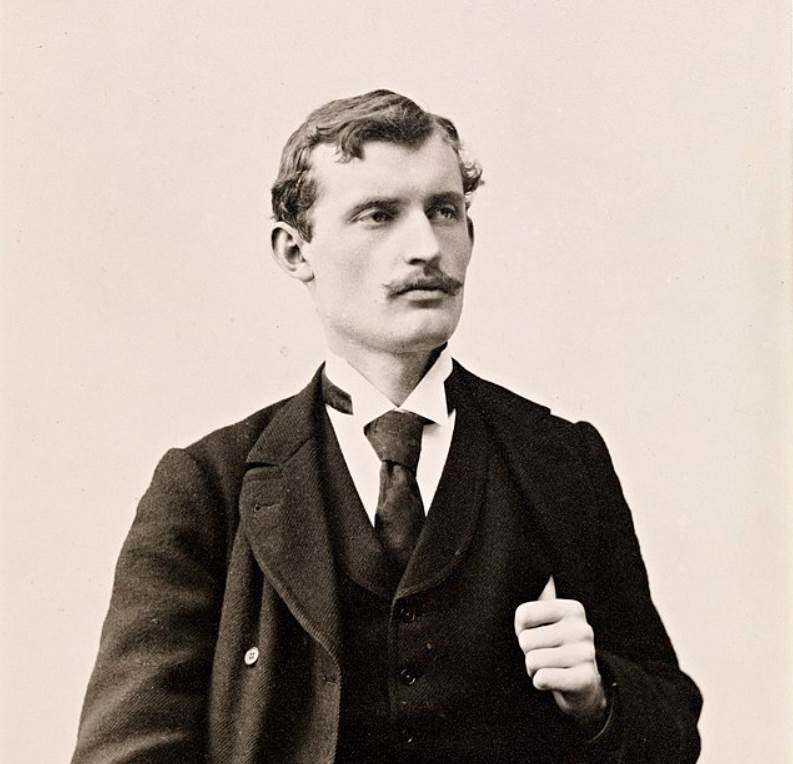
2. Odd Nerdrum
Odd Nerdrum (born in 1944) is a contemporary Norwegian artist who specializes in classical figurative paintings. His main influences are the paintings by Rembrandt and Caravaggio, two of the greatest masters of the Baroque era. This influence of the Old Masters makes him somewhat of an oddball of modern-day art.
Despite these influences, he actually described his own works as “Kitsch.” This basically means that they shouldn’t be taken too seriously, although they depict common objects, landscapes, portraits, and other common subjects. He is considered to be the leading figure of the Kitsch art movement of which he wrote the manifesto.

3. Hans Gude
Hans Gude (1825-1903) was a Norwegian artist of the Romantic era and is considered to be one of the country’s most renowned landscape painters. He was a leading artist of the Norwegian National Romanticism art movement and was also associated with the Düsseldorf school of painting.
His early works were idyllic paintings of the magnificent Norwegian landscape. He gradually sharpened his technique in order to find his spot in the art market and also started producing seascapes. During the latter part of his career, he started painting en plein air, just like the Impressionist artists at the time. He also taught art at various institutions in Germany during this period.
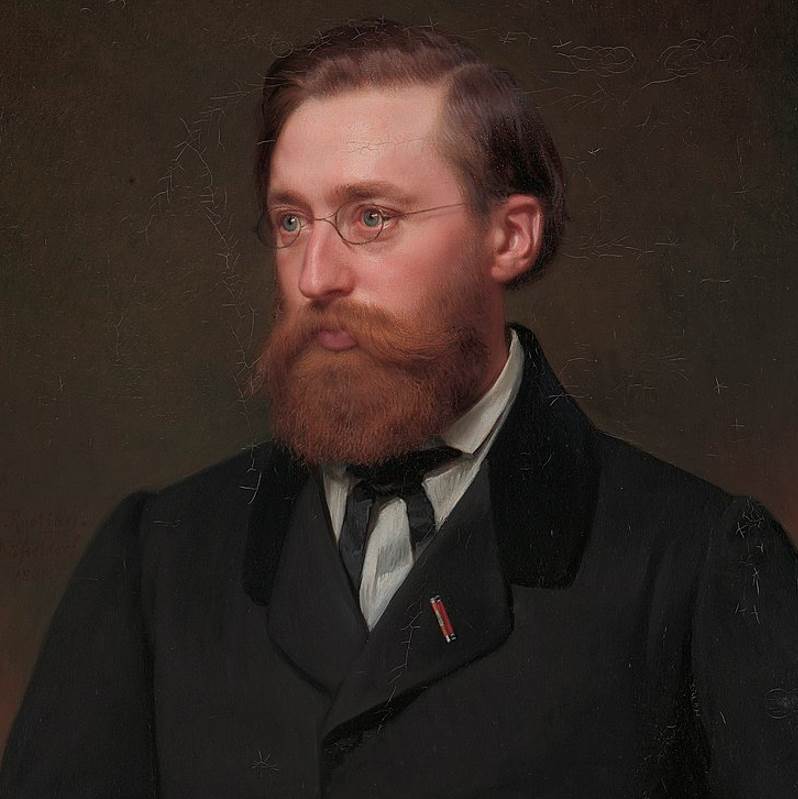
4. Frits Thaulow
Frits Thaulow (1847-1906) was one of the most renowned Impressionist artists in Norwegian history. He initially received training at the Art Academy of Copenhagen in Denmark and later studied with Hans Gude at the Baden School of Art in Karlsruhe, Germany.
He was one of the original artists known as the “Skagen Artists,” a group of painters who settled in the Danish village of Skagen in the utmost northern part of the country. He moved to France during the final years of his life and never really liked painting cityscapes in Paris. His most notable works are landscapes in rural areas and townscapes in small villages.
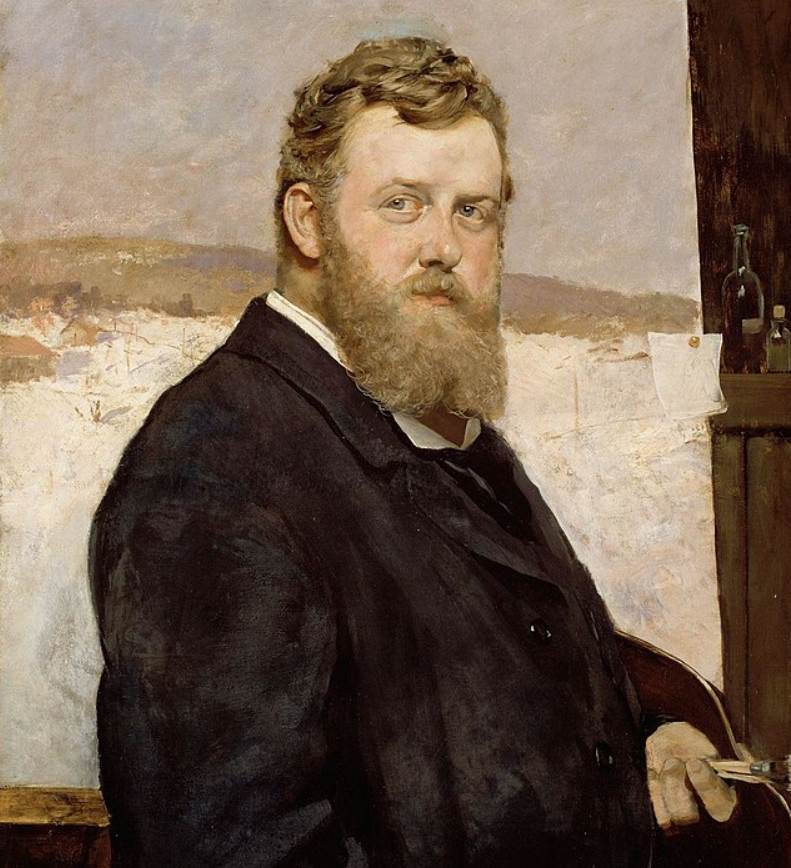
5. Nikolai Astrup
Nikolai Astrup (1880-1928) was a Norwegian Avant-Garde artist who revolutionized landscape painting in the late 19th and early 20th centuries. His paintings are easily recognizable because of the vivid and intense use of color that he integrated into his works.
Most of his paintings depict the raw natural landscape of Vestlandet, the magnificent natural scenery of Western Norway. He held three exhibitions during his lifetime in 1905, 1908, and 1911. His career was cut short because of his failing illness at the age of 47.

6. Per Krohg
Per Lasson Krohg (1889-1965) was an extremely versatile artist who worked in a variety of mediums. He was the son of two painters named Christian Krohg and Oda Krohg and their connections allowed him to briefly study under famous French artist Henri Matisse (1869-1954) in Paris between 1909 and 1910.
He produced artworks in many forms, including paper drawings, illustrations, posters, set designs, and sculptures. He became world-famous for his monumental mural at the United Nations Security Council Chamber which is located at the headquarters of the United Nations in New York City.
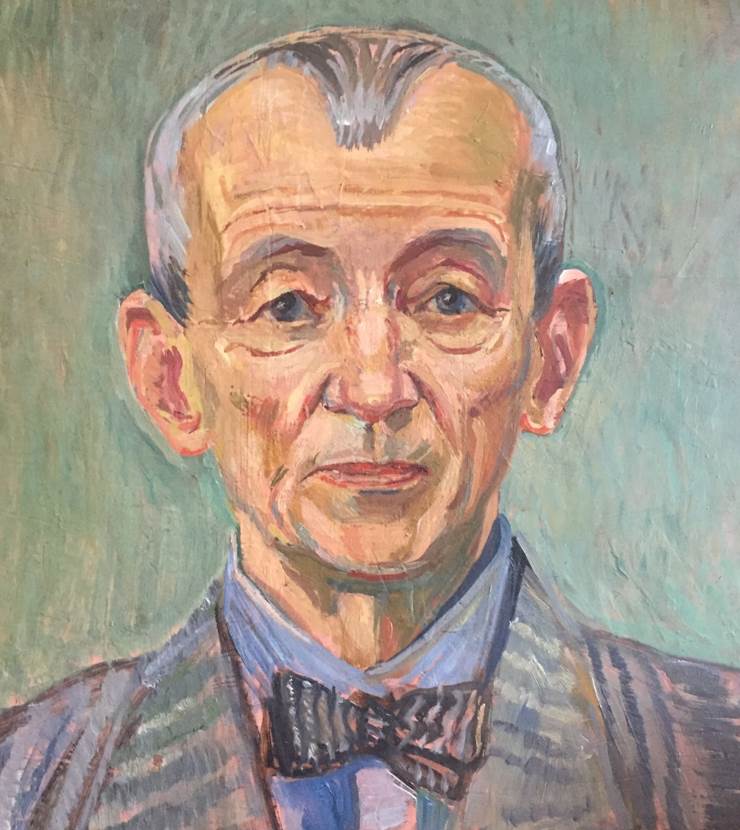
7. Theodor Kittelsen
Theodor Kittelsen (1857-1914) is considered to be one of the most popular Norwegian artists in history. That’s mainly because his works targeted just about every child in the country in the form of illustrations of popular fairy tales and legends.
H is another Norwegian artist who received his art training in Paris between 1882 and 1887. He returned home and never left his native country afterward. The popular illustrations of fairy tales made him famous in his country, as well as the realistic depictions of the Norwegian landscape. He can be described as a Neo-Romantic painter in the truest sense of the word.
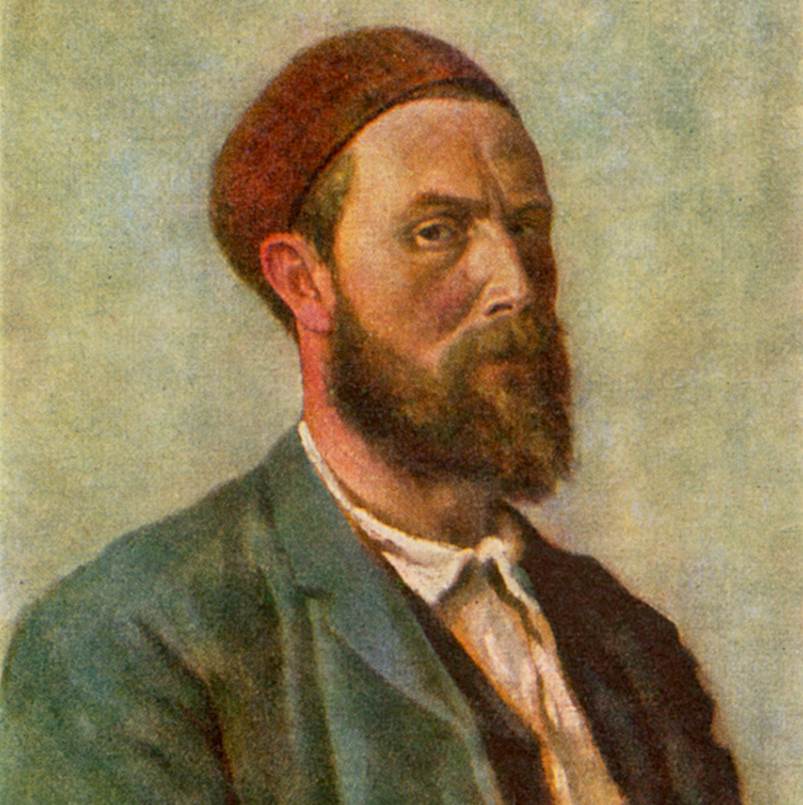
8. Hans Dahl
Hans Dahl (1849-1937) was another Norwegian landscape painter who magnificently depicted the country’s countryside. He became famous for his realistic depictions of the Norwegian fjords, often in a very idyllic setting and featuring girls wearing traditional Norwegian clothes.
He was an artist who stuck to his romantic ideals and never transitioned into the abstract modern art that emerged in the 20th century. He did however continuously improve the naturalistic elements of his works. This makes his oeuvre one of the best in Norwegian history to admire the natural wonders of the country.



